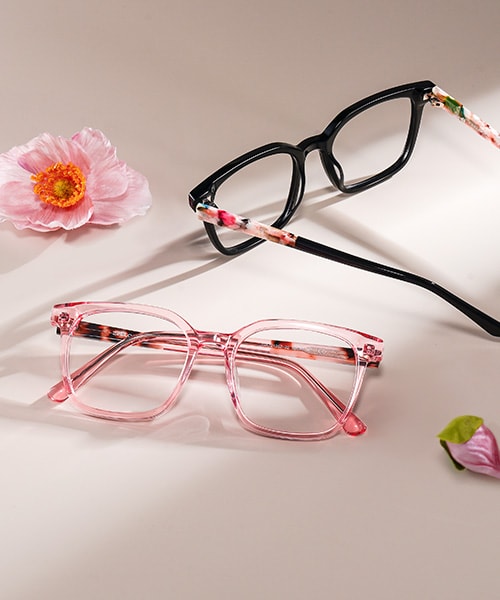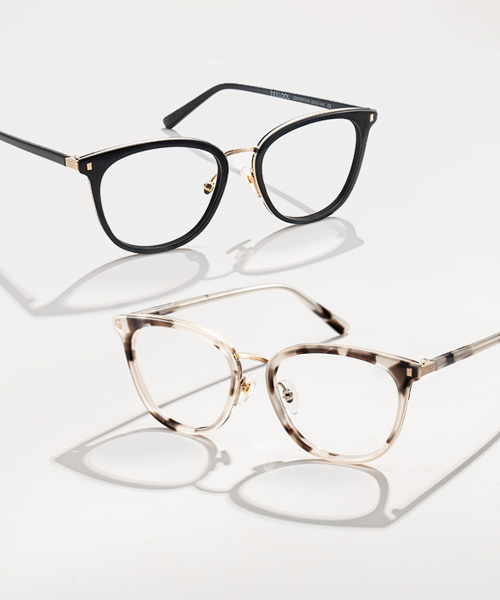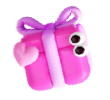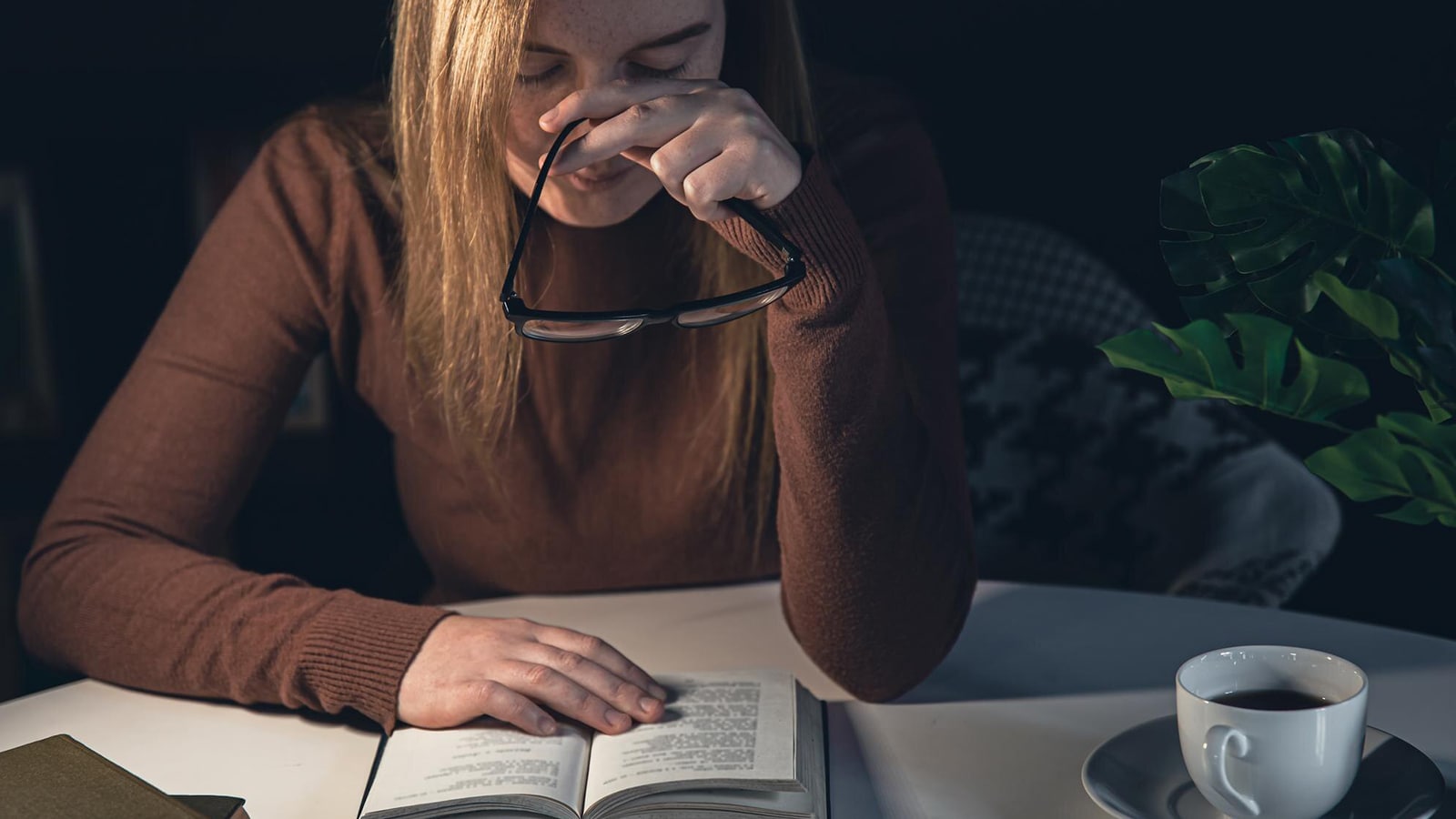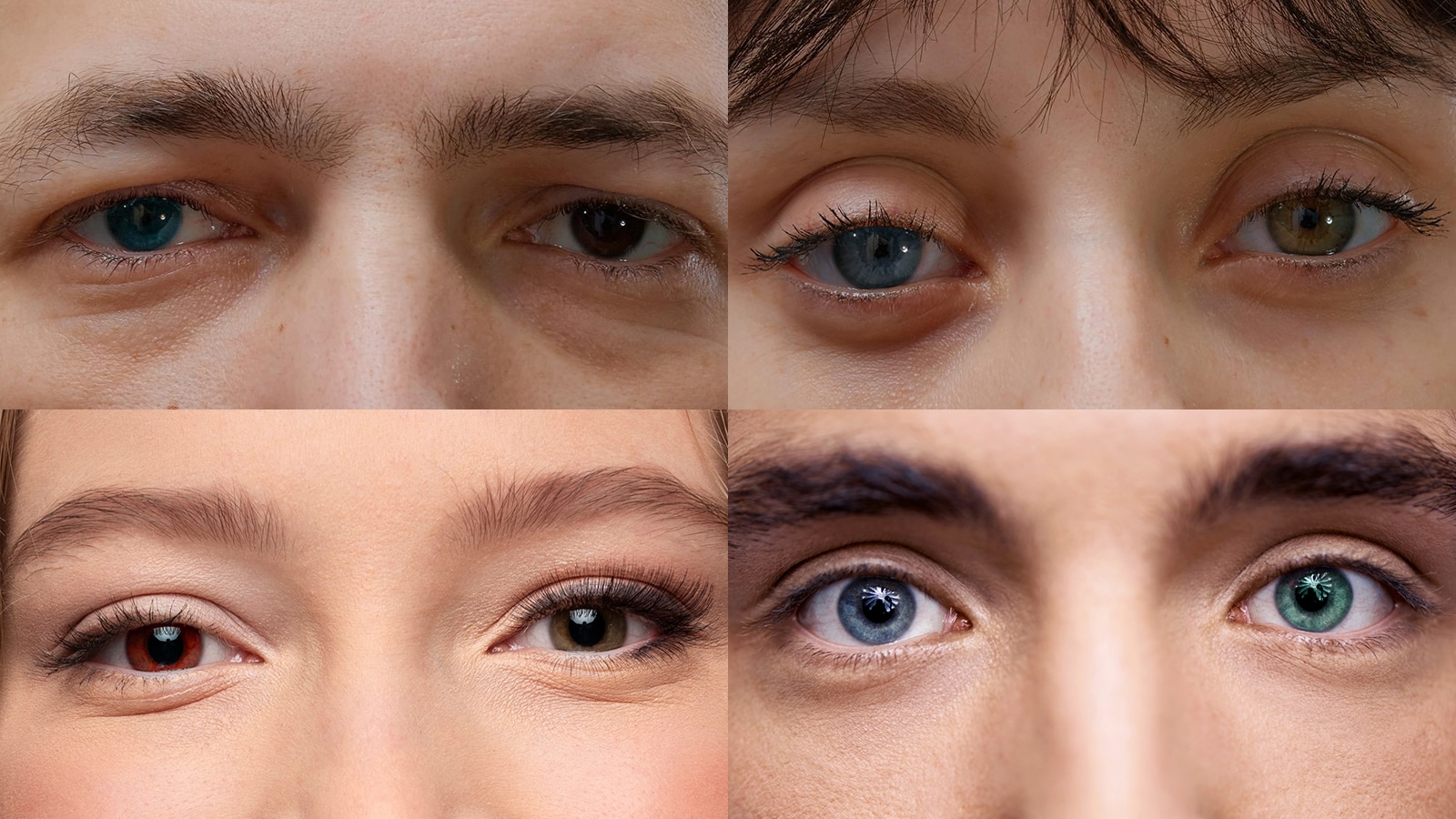When choosing eyeglass lenses, it is important to know the type of lens you need. We can rely on the eyeglass prescription provided by our optometrist to determine the best option for us. Through the optometry process, the examiner will assess our vision and provide us with an eyeglass prescription based on our needs and correction requirements. Based on the information in the prescription, we can determine the type of lenses we need.

1. What is a single vision lens?
Single vision lenses are a common type of eyeglass lens, also known as a monofocal lens, that have a uniform optical prescription and are used to correct specific vision problems such as nearsightedness, farsightedness, or astigmatism. Single vision lenses are used for people who only need to be corrected for one range of vision distances.

The glasses have only one viewing area on the entire lens, and the correction area can be used for long distances, medium distances, or reading. For long-distance, if you wear glasses all day but don't have dual/zoom glasses, or need them most of the time to see things far away. For middle distance, if you primarily need this pair of glasses to work on a computer or something else at arm's length or if you are a musician you need this pair of glasses to read music.

2. What is a progressive lens?
Progressive lenses correct vision problems at near, intermediate and distance with a single lens at the same time. In progressive lenses, the shape of the corrective portion of the lens is close to a funnel or mushroom shape. The top is used for distance vision, the center ( gallery) is used for mid-distance vision, and the bottom is used for near vision or reading. This means that the user can see the entire field of vision without having to switch between multiple pairs of glasses.

Progressive lenses provide a smooth transition from the distance through intermediate to near, with all the in-between corrections included as well. You can look up to see anything in the distance, look ahead to view your computer in the intermediate zone drop your gaze downward to read, and do fine work comfortably in the close zone. That is to say, progressive lenses are the closest to how natural vision is that you can get in a pair of women prescription glasses or men prescription glasses.

3. What is a bifocal lenses?
Bifocal lenses have two different focal areas and are mainly used for correcting distance and near vision problems, not for correcting mid-distance vision problems. If we are facing the problem of presbyopia (old eyesight), where reading at close range becomes difficult, then bifocal lenses may be an option.

In bifocal lenses, the upper area (distance vision area) is used to correct distance vision problems, such as seeing distant objects or driving a vehicle. The lower area (near vision area) is used to correct nearsightedness or close reading problems. There is usually a visible dividing line or transition area between these two areas to help the user switch focus.
Bifocal lenses are different from progressive lenses. Progressive lenses provide a seamless transition, from distance vision to intermediate vision to near vision, without a distinct dividing line. Bifocal lenses have a more obvious focus switch, and the user needs to shift their gaze to the appropriate area to get the desired focus.
4. What are non-prescription lenses?
Non-prescription lenses are no prescription lenses or lenses with a standard prescription that do not require a specific customized prescription.
Non-prescription lenses are primarily used to provide eye protection and fashion style rather than vision correction. No prescription lenses can be used as an accessory to filter UV radiation and provide additional eye protection.
Degree labeled lenses such as standard lenses used for mild myopia or hyperopia correction. These lenses may be of a specific degree, but they are made to fit a common range of degrees and do not require an individualized eye prescription.
Summary:
If you only need to correct a specific range of vision distances (e.g., farsightedness, middle vision, or nearsightedness) and do not have other additional vision needs, then single vision lenses may be the right choice for you. If your prescription from your optometrist includes an addition (ADD) indicating that you need to correct more than one range of vision distances, then progressive lenses may be a better fit for you.
On the other hand, if we are facing presbyopia (old age vision) issues where close reading becomes difficult, then bifocal lenses may be an option.
Also, switching to progressive lenses may take time to get used to as there is a transition area in the lens. Single vision lenses, on the other hand, focus on a specific distance of vision and may be easier to adapt to. Progressive lenses are usually more expensive than single vision lenses.
How do I decide if i need single vision lenses, bifocal lenses, or progressive lenses?
1. Review the prescription carefully:
Your optometrist will examine your vision needs and provide a prescription for lenses that are right for you.
2. No refractive power (ADD):
If the optometrist's prescription for no refractive power (ADD) means that you only need correction for one field of vision range (one of near, intermediate, or distance), then single vision lenses may be the right choice for you.

3. With addition (ADD):
If your optometrist's prescription includes addition (ADD), it means that you need correction for more than one range of vision distances, such as close reading and mid-distance work. In this case, progressive lenses may be a better choice. Progressive lenses have a gradual degree change that allows correction of near, intermediate, and distance vision without switching between multiple pairs of glasses.


















